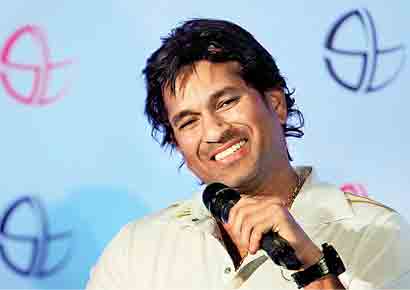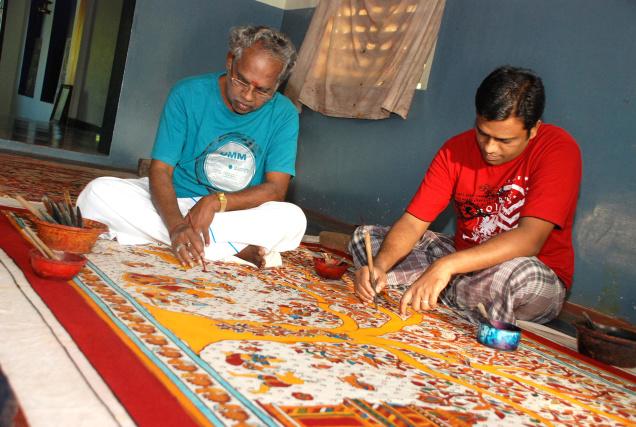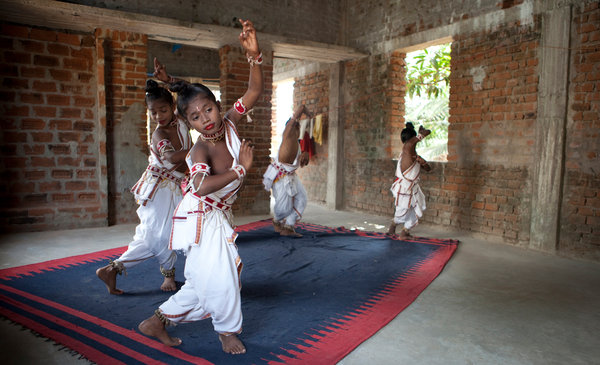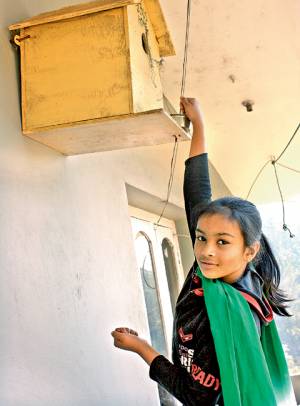Mumbai:
Last February, about 50 students from the Bharathidasan Institute of Management (BIM), Trichy, along with some 70 corporate executives sat through a conference in New Delhi on management challenges faced by political parties. Union minister Salman Khurshid, CPI National Secretary D Raja and BJP National Secretary Bhupendra Yadav discussed the deep, internal processes of their respective parties in the session titled ‘Left, Right & Centre’.
This summer, Sandeep Pavan Kumar and Sujoy Biswas, two first-year BIM students signed up for internships with BJP. Sandeep and Sujoy’s choice for internship mirrors the curiosity and enthusiasm among B-school students to explore politics as a classroom to learn management skills. This is hardly a mainstream trend yet, but for a fair sprinkling of students from IIMs in Ahmedabad, Bangalore, and Calcutta, political parties are the new cool internship destination.
Many professors are encouraging the choice. “This is a promising possibility. It is in mutual interest. Parties will get an honest feedback from young students, who on the other hand can understand the political system better,” says Anil Gupta, professor, IIM-A.
Adds A Nagarajan, director, BIM-Trichy: “Political internship will help students in learning to speak in a language that will have a greater connect with the common man.”
Politicians also seem to fancy the idea. “This will change the traditional culture of Indian politics and streamline and civilise the political culture with involvement of professionals and managers,” says Mukesh Shukla, secretary, New Delhi district, BJP. “Also, it will help students get in touch with ground realities and assist them in future analysis and decision making.”
Sandeep and Sujoy will explore the saffron party’s organisational structure, campaign strategy, parliamentary affairs and party activities, in their 6-8 week internship.
Recognising politics as a source of learning management concepts and processes, Indian Institute of Management, Ahmedabad, the country’s top-ranking B-school, had four years ago placed one student for political internship with the CPM. It followed this up with six students in the next batch. They worked with a few members of parliament to look at constituency management.
This year again, a doctoral student conducted a case study on the work of an MP elected seven times from the same constituency in Ahmedabad. Two students of IIM-Calcutta had taken part in the 2011 assembly election campaign of Trinamool Congress in West Bengal and a few had earlier worked with BJP as interns.
“Winning an election is like competing in a market place and students can apply this learning to their future role as managers,” says Anindya Sen, dean-academic, IIM-C. Professors, students, parties and even companies see this as a winwin partnership.
“Managerial training is about decision making. By interning in political organisations, students learn about society, consensus building, decision making and various other dynamics of organisation management,” says Pankaj Chandra, director, IIM-B. Students from the institute regularly intern with political parties. “As execution ability becomes critical to the functioning of political parties, a market-driven pull will be created leading to more management professionals contributing to politics,” says Abhishek Kumar, assistant professor at BIM-Trichy.
And companies too see value in this. A study conducted by BIM shows that companies encourage students to do their internship in political parties. “Students can learn about various leadership styles, team building, decision making and communication styles from political parties,” says Sasi Kumar, vice-president-HR, Ashok Leyland John Deere Construction Equipment.
“I won’t call it (political internships) a trend. It depends on interest of students and the kind of project they look out for,” says Gupta of IIM-A. “Students interested in public policy are keen on political internship.” Some public-policy students at the institute have been exploring the LAMP Fellowship. The programme places one legislative assistant to work with one MP for a period of 11 months and exposes fellows to the Parliament and legislative process.
“Working in public policy or with MPs is not just about gaining policy-making experience before working in corporations; this (political parties) is a perfectly good career path in its own right,” argues Mathur Navdeep, assistant professor, public systems group, IIM-A. That’s a fair argument, but neither Sandeep nor Sujoy are buying it just yet. A political career is not what they have in mind. They just want to use the learning from the internship with BJP to become better managers.
source: http://www.TimesofIndia.Indiatimes.com / Home> Business> India Business / by Rica Bhattacharyya, ET Bureau / March 23rd, 2012





